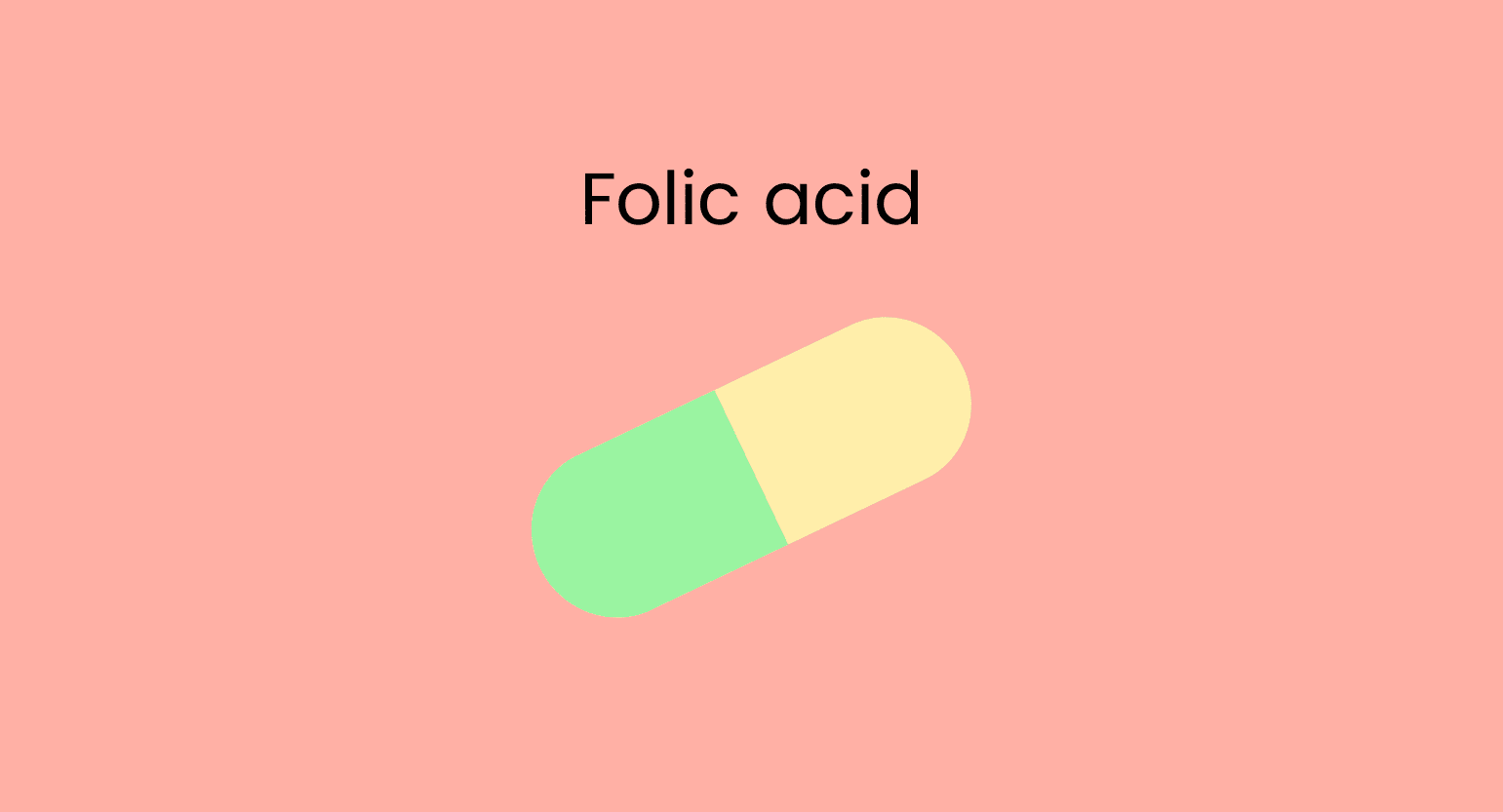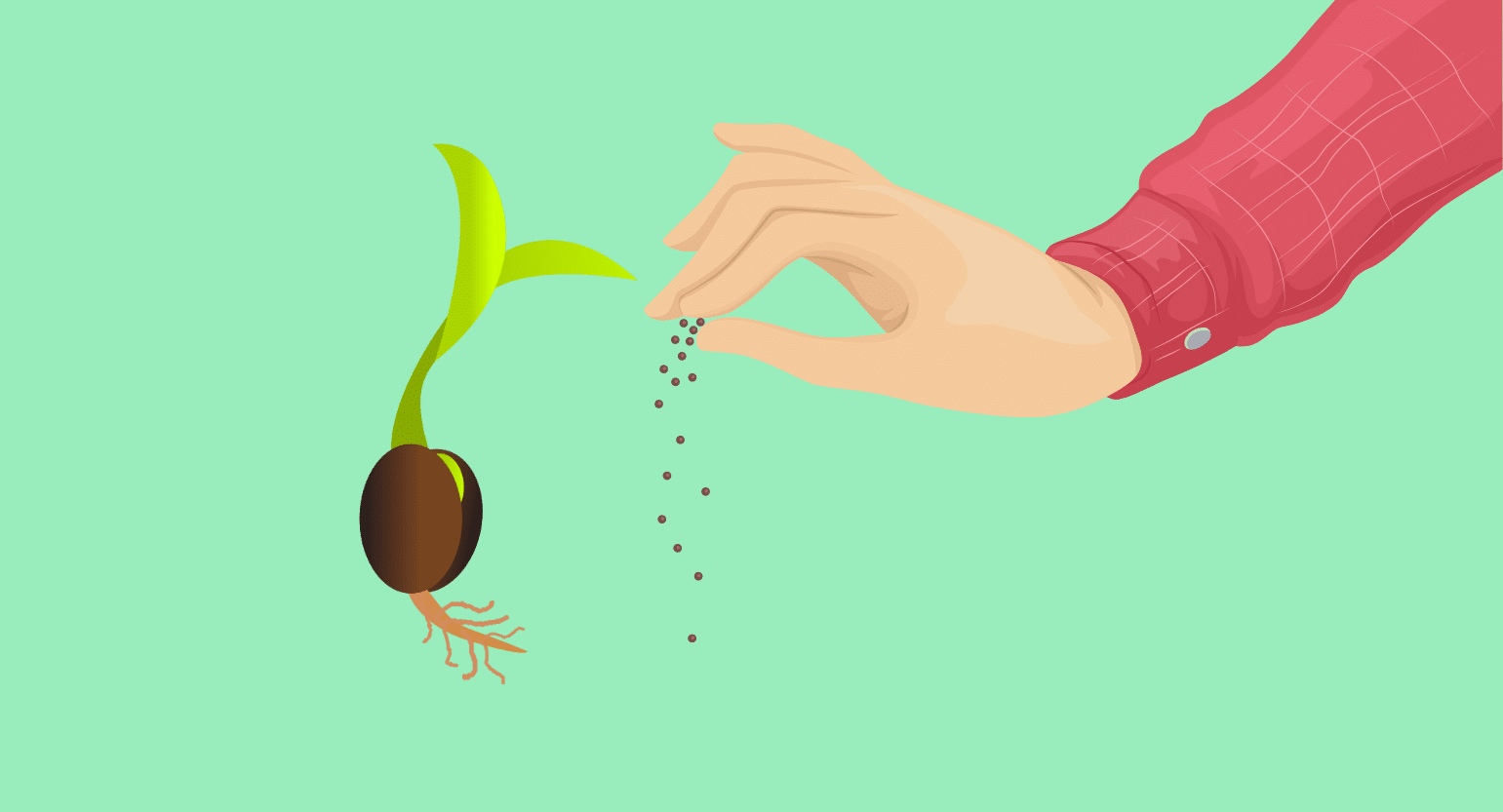Does Kratom Interact With Folic Acid?
No, kratom and folic acid are unlikely to interact meaningfully.
Folic acid does not exert any psychotropic effects on the user. This means it will not interact with kratom’s many psychoactive effects. It won’t affect kratom’s other properties, like its analgesic and anxiolytic benefits.
Also, kratom and folic acid have distinct metabolic pathways and do not induct or inhibit themselves in this sense.
Is it Safe to Take Kratom With Folic Acid?
Due to the nature of both compounds, taking kratom and folic acid together seems innocuous. You can rest easy knowing that folic acid supplementation will not increase your risk level when taking kratom.
However, taking kratom alone still carries certain risks, and you must be mindful of them.
What is Folic Acid?
Folic acid — the manufactured form of folate — is one of the B vitamins.
B vitamins are essential nutrients that play several vital roles in bodily processes, such as cell metabolism and the synthesis of red blood cells. There are many different B vitamins; folic acid corresponds to vitamin B9.
Humans are unable to produce folate, and because of this, we must ingest it via our diet or through supplementation. Folate can be found in asparagus, brussel sprouts, dark leafy greens, beans, animal liver, and walnuts.
Not consuming enough folate can lead to several health problems like anemia, increased risk of birth defects, symptoms of tiredness, heart palpitations, and more [1].
Many countries have mandated the fortification of certain foods with folic acid to decrease folate deficiencies.
The recommended adult daily intake of folic acid is 400 micrograms.
Folic Acid Specs
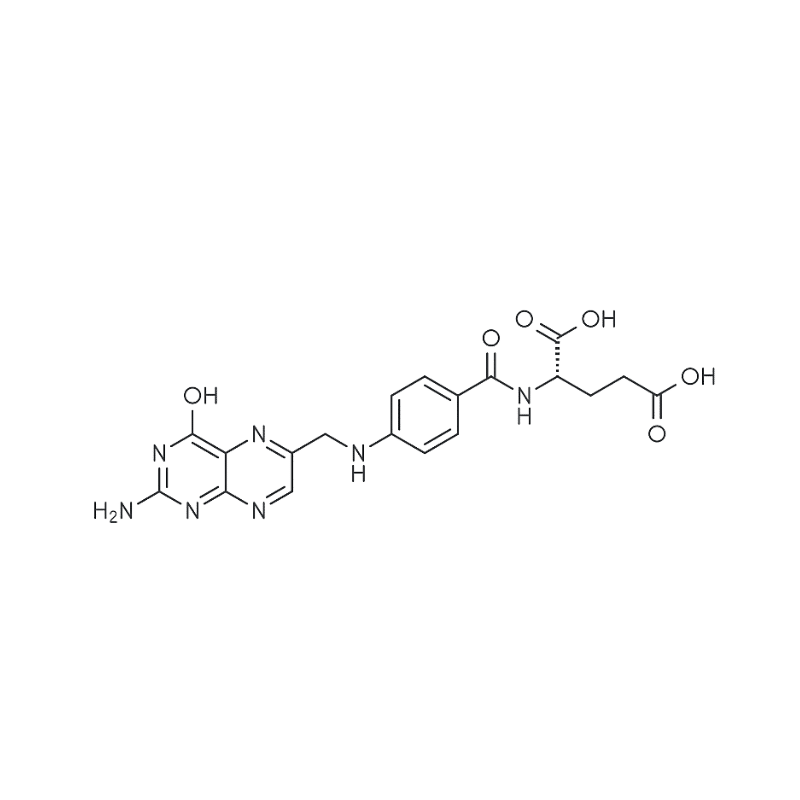
| Nutrient Name | Folic Acid |
| Trade Names | Folicet, Folvite |
| Classification | B vitamin |
| CYP Metabolism | None |
| Interaction With Kratom | None |
| Risk of Interaction | Very Low Risk |
What is Folic Acid Used for?
Folate is essential for many vital processes, including red and white blood cell formation, healthy cell growth and division, and DNA production.
Because of this, folic acid supplementation has received FDA approval for several indications [2]:
- Prevention of birth defects —Evidence shows that folic acid supplementation during pregnancy can prevent neural tube defects.
- Macrocytic anemia —Folic acid can restore red blood cell production and growth.
- Heart and blood vessel disease and stroke —Folic acid works with vitamins B-6 and B-12 to control high levels of homocysteine in the blood. Elevated homocysteine levels might increase your risk of cardiovascular disease.
- Cancer —Some research suggests that folate might reduce the risk of various cancers.
A folate deficiency can lead to a staggering amount of health issues. The primary purpose of folic acid is to supplement folate in the body and prevent such ailments.
Generic & Brand Name Versions
Folic acid can be found in the market under the following brand names:
- Folvite
- Folacin
- FA-8

What’s the Dose of Folic Acid?
The proper dosage of folic acid depends mainly on age, but there are some additional factors to consider, like pregnancy and age.
- Adult and teenage males — 150 to 400 micrograms (mcg) per day.
- Adult and teenage females — 150 to 400 mcg per day.
- Pregnant females — 400 to 800 mcg per day.
- Breastfeeding females — 260 to 800 mcg per day.
- Children 7 to 10 years of age — 100 to 400 mcg per day.
- Children 4 to 6 years of age — 75 to 400 mcg per day.
- Children birth to 3 years of age — 25 to 100 mcg per day.
What Are the Side Effects of Folic Acid?
The mandatory fortification of food with folic acid has raised concerns that certain general population members might consume more than the recommended level of folic acid intake. Because of this, several studies have tried to determine if folic acid can cause adverse effects.
Even though there have been discrepancies, the general conclusion is that folic acid is non-toxic for humans. There are no established risks or adverse consequences resulting from folic acid intake [3].
Finally, some studies found it can lead to adverse side effects, although these are usually limited to specific populations like those taking medication for epilepsy.
If you plan to supplement with folic acid, you should still consult with your doctor to avoid any possible harm.
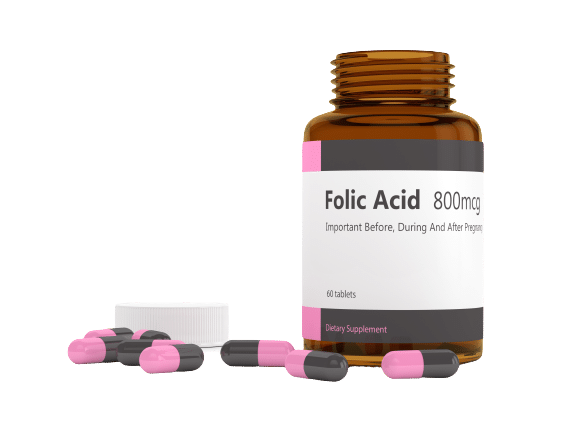
What is Kratom?
Kratom is the common name for the evergreen Mitragyna speciosa tree. Many Southeast Asian countries —namely Vietnam, Indonesia, and Thailand— have used this plant for centuries as traditional medicine thanks to its many health benefits.
Like coffee and the coca leaf, kratom has been cultivated for centuries by indigenous peoples, but it’s just becoming popular in the western world. Unfortunately, due to government interference, it is becoming targeted for heavy regulation.
However, that shouldn’t deter you from getting to know this fantastic plant because the kratom community is picking up all the slack!
Organizations like the American Kratom Association are working hard on behalf of kratom’s legality, and there is a vast amount of learning materials and testimonials to be found online.
What is Kratom Used for?
There are two basic types of kratom users: those who enjoy the stimulant or relaxant aspects of the kratom spectrum and those who use kratom as an alternative to prescription medications (especially in the opiate and benzodiazepine family).
A low dose can make users feel more energized and focused; it can also cause feelings of euphoria.
Kratom has also become a treatment for many types of conditions. Higher doses have analgesic (painkilling) properties and may provide anxiety relief.
Lastly, kratom can help treat the symptoms of opiate withdrawal and is becoming popular as a weight-loss supplement.
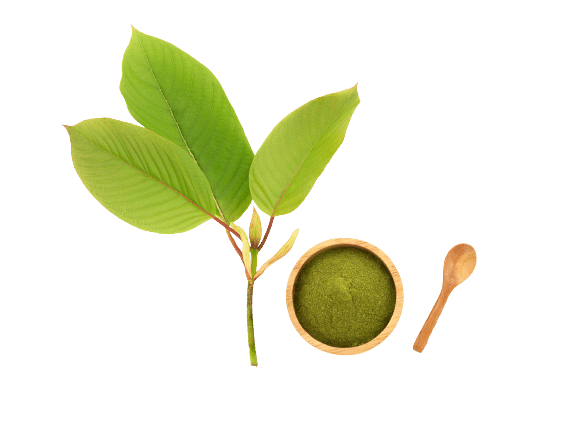
What’s the Dose of Kratom?
Finding the right dose might take a little experimenting. It varies from person to person and depends on what you’re using it for. However, here is the standard dosing, but remember to start low.
The average kratom dosages include:
- Low dose (1 – 5 g)
- Medium dose (5 – 10 g)
- High dose (10 – 15 g)
Remember that the more kratom you consume, the likelier you will experience adverse effects. Thankfully, these are usually mild.
Also see: How Much Kratom is Too Much?
What Are the Side Effects of Kratom?
Kratom is known to be able to cause the following side effects:
- Constipation
- Diarrhea
- Dizziness
- Headaches
- Heart palpitations
- Insomnia
- Liver damage (with long-term use)
- Nausea
More severe side effects include:
- Itchiness in the skin
- Loss of muscle coordination
- Low blood pressure
- Low libido
- Nausea & vomiting
- Poor appetite
- Seizures
- Tremors
You should also know that kratom consumption can cause physical and mental dependence. However, even so, kratom is generally considered safe and a less risky alternative than pharmacological painkillers.

What Are the Different Types of Kratom?
Kratom can be found in four types of strains.
How are these different? Glad you asked.
Kratom’s many strains all share the same properties. However, each strain is better at manifesting a different area of the kratom spectrum.
It’s thought that the area of Southeast Asia also affects the alkaloid profile due to factors like soil composition.

White Vein Kratom
White vein kratom will be your best bet if you want to experience the nootropic benefits of the kratom spectrum.
It will energize you immensely and help out with your moods! If you want to replace your morning coffee with something with more kick — go with white vein kratom!

Red Vein Kratom
Red vein kratom is best at stimulating the analgesic and anxiolytic benefits of kratom — perfect for anyone with chronic pain or anxiety!
Many even use red-veined kratom strains as sleeping support.

Green Vein Kratom
Green vein kratom is like a mixture of red and white kratom. It has an outstanding balance of benefits and can exemplify the whole breadth of the kratom spectrum.

Yellow Vein Kratom
Yellow-vein kratom is similar to green. The only difference is that it’s the mildest of all the strains. If you are sensitive to kratom, give it another chance with a yellow-veined strain.

Key Takeaways: Is it Safe to Mix Kratom & Folic Acid?
There are no expected interactions between kratom and folic acid, so taking them together shouldn’t be a problem.
Nevertheless, keep in mind that kratom use always carries some risk of experiencing side effects.
Also, you should be aware that the body can only metabolize a certain amount of folic acid at a time. Consuming too much of it will lead to elevated levels of unmetabolized folic acid in the blood.
Check if your country fortifies certain foods with folic acid to avoid overconsumption.
- Henry, C. J., Nemkov, T., Casás-Selves, M., Bilousova, G., Zaberezhnyy, V., Higa, K. C., … & DeGregori, J. (2017). Folate dietary insufficiency and folic acid supplementation similarly impair metabolism and compromise hematopoiesis. Haematologica, 102(12), 1985.
- Merrell, B. J., & McMurry, J. P. (2020). Folic Acid.
- Field, M. S., & Stover, P. J. (2018). Safety of folic acid. Annals of the New York Academy of Sciences, 1414(1), 59-71.

